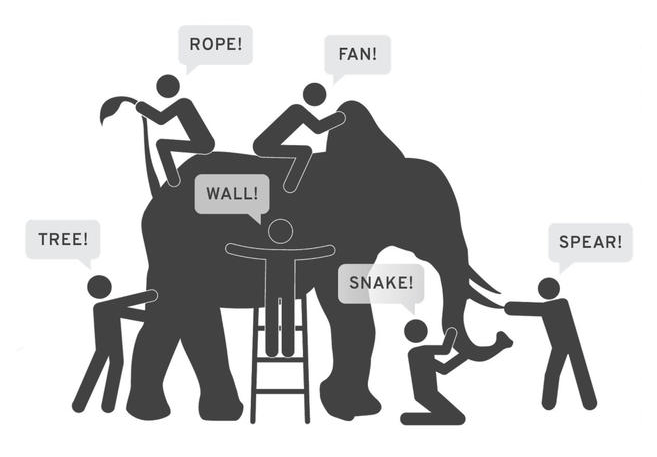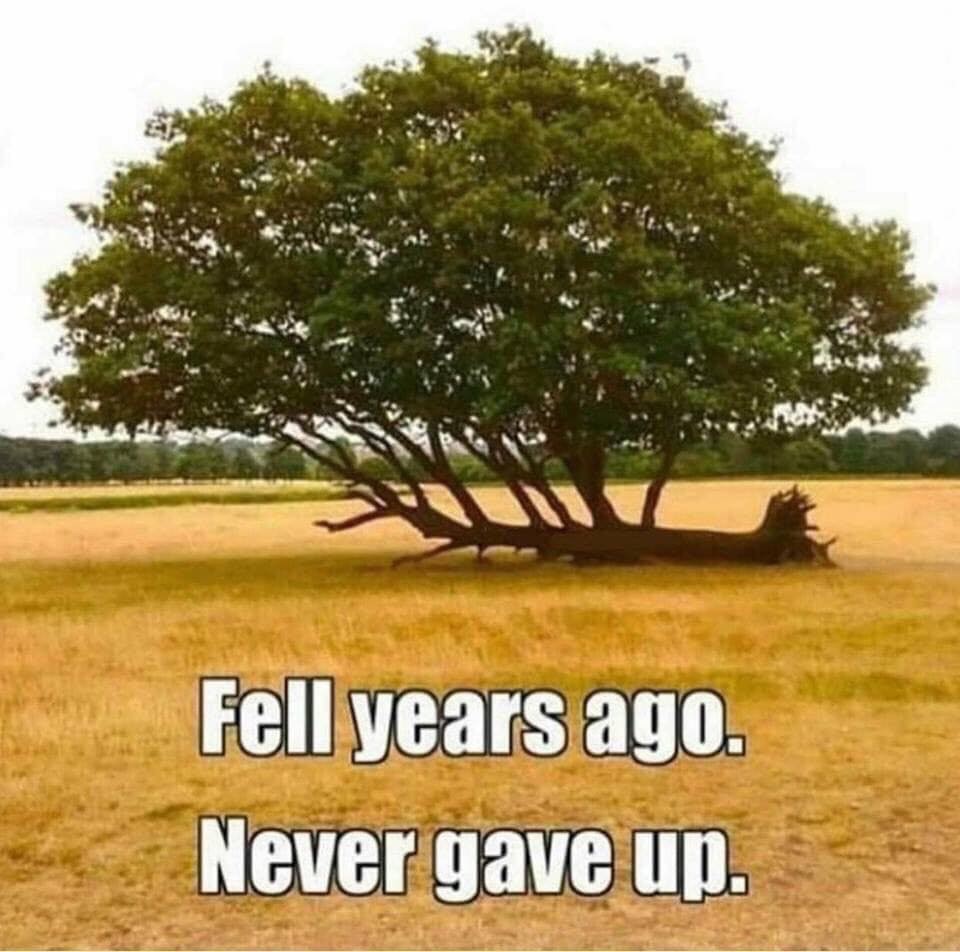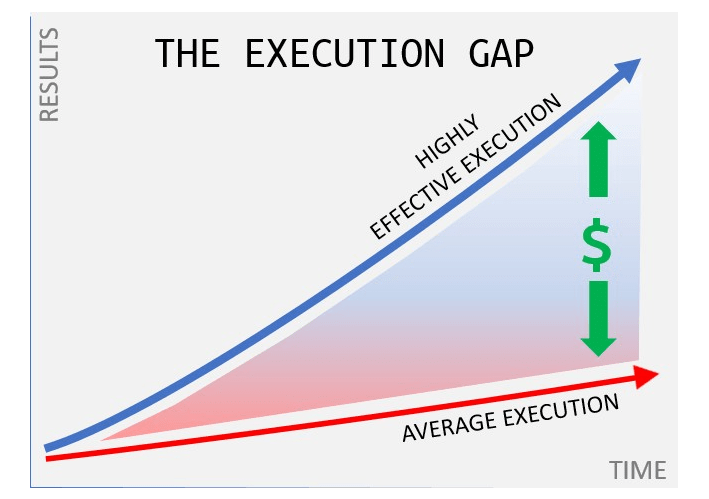So it turns out that there’s an invisible gas that’s emitted by ripening produce that can induce the spoiling of the otherwise excellent produce around it – Ethylene.
It also turns out that there are similarly hidden and detrimental effects of bringing the wrong person into an otherwise healthy organization. If the more visible costs of a bad hiring decision are the tip of the proverbial iceberg – wasted recruitment fees, advertising fees, relocation costs, time lost to preparing and conducting interviews – then these hidden costs are the massive ice formation beneath the surface. Some examples of the destructive force that lies beneath are:
- Negative impact on team performance – A bad hire, by definition, fails to sufficiently fill the need in the first place. In fact, remedial action is often necessary and overall team performance suffers as a result.
- Lost sales or customers – Consider the true lifetime value of a customer and the tangential impact customers have as promoters or influencers in the marketplace.
- Disruptions to key initiatives or projects – Team under-performance due to a poor hire is one thing; when that under-performance affects key enterprise initiatives, the costs could be exponential.
- Impact on company reputation – A bad hire typically has a bad experience with your organization. Often the working relationship ends badly. You may feel buffered against the effects of an unhappy former employee by your organization’s non-disparagement agreement; but the fact is, a bad hire does not produce an advocate for you.
- Litigation fees and associated distractions – The unfortunate reality is that each additional performance dismissal brings with it the possibility of litigation. Simply put, more dismissals mean an increased probability that your enterprise will be drawn into a legal conflict – justifiable or not.
- Morale – Team members often must pick up the work load that the bad hire is unable to or unwilling to carry; this, after a team has likely already suffered from the impact of the open position prior to the hire. Frustration mounts, morale suffers and high performers may even depart as a result.
Some have estimated the direct costs of hiring – the tip of the iceberg – to be in the neighborhood of $200,000. With careful consideration of the hidden costs listed above, one could easily see that figure doubling and then some, depending on your enterprises unique circumstances.
Needless to say, high performing organizations successfully minimize many of these costs while avoiding others altogether.
With this expanded view of the cost of a bad hire and, conversely, the true value of a good hire, it may be difficult to understand why organizations don’t more aggressively invest resources into insuring that their recruiting and hiring efforts lead to optimal results. In fact, my colleagues and I have observed a common theme that can best be described as a failure to fully understand and internalize the real costs of hiring along with a strong dose of impatience stemming from an urgent hiring need, further enabled by a few cognitive biases. Typically, this mindset leads hiring managers to rationalize that they cannot afford the time it takes to build and execute a more robust process.
Through our many years of observing multiple strategies in a variety of business environments, a set of common characteristics amongst successful enterprises with high performing teams, low turnover and relatively little drama of the human resource nature, has been revealed. In fact, these strategies and practices are so prevalent in successful organizations that we’ve curated, refined and incorporated them into our broader prescription for Operational Effectiveness.
Here is that prescription:
7 Keys to Getting the Right People for the Right Seats
- Develop a Candidate Profile, not simply a job description, that is aligned with what you truly need to accomplish; your business’s objectives. This can be trickier than it may initially appear as many organizations fall short of having a clearly articulated purpose, set of values and shared vision necessary for clearly defined goals and objectives.
- Carefully screen candidates for alignment with your business’s Core Values. This should be explicitly executed and annotated so that it can be properly discussed when making candidate selections.
- Form an interview team for each position you seek to hire. It is good practice to have a strong core of seasoned interviewers with a track record of effective hiring and leadership. A few other characteristics of a good hiring team to consider; Include some of your strongest performers who best exemplify your core values; Where feasible and appropriate, include team members from more than one functional area within your organization
- Interview with purpose. Have a specific interview plan for each candidate that includes a list of key candidate attributes, skills and experiences that you want to explore or uncover as well as areas of concern to probe. For your most influential and critical positions, consider scenario role play sessions, half or full day immersive evaluations. Most importantly be prepared and take the time to do so.
- Don’t just check references; Interview References. Too often reference checks are relegated to the purely academic exercise of completing the final step in the hiring task list before making an offer. A few brief questions are typically asked without much probing or discussion. Granted, your hiring process should be sufficiently robust, such that any deficiency in a candidate should be ferreted out long before references are contacted. More often, a thorough reference conversation will provide insight into development opportunities valuable in the onboarding process (see #7). Regardless, spending time to have a focused conversation with references can reveal important differentiators.
- Trust your instinct. Of course, take care to meticulously evaluate candidates using objective measures that are clearly articulated; but, don’t ignore an instinctive sense that something doesn’t feel quite right. Make the effort to get to the bottom of any uneasiness; don’t rationalize it away and hope for the best.
- Be “Onboard Ready”. Those first few weeks are critical both from the perspective of reaping the benefits of a good hire as quickly as possible; but also in setting a solid foundation for success.
Armed with these “7 Essentials” as framing around which to build out an effective recruiting and hiring capability, you can begin to plot a course towards a hiring discipline that sidesteps the pitfalls described here. It may take some effort and guidance to define and execute the appropriate activities needed to incorporate these practices, and of course there are pertinent details not covered in this space; but, the “7 Essentials” will give you a place with which to begin the conversation in your own enterprise.
For help introducing the 7 Essentials in your organization please feel free to contact us.








No comment yet, add your voice below!